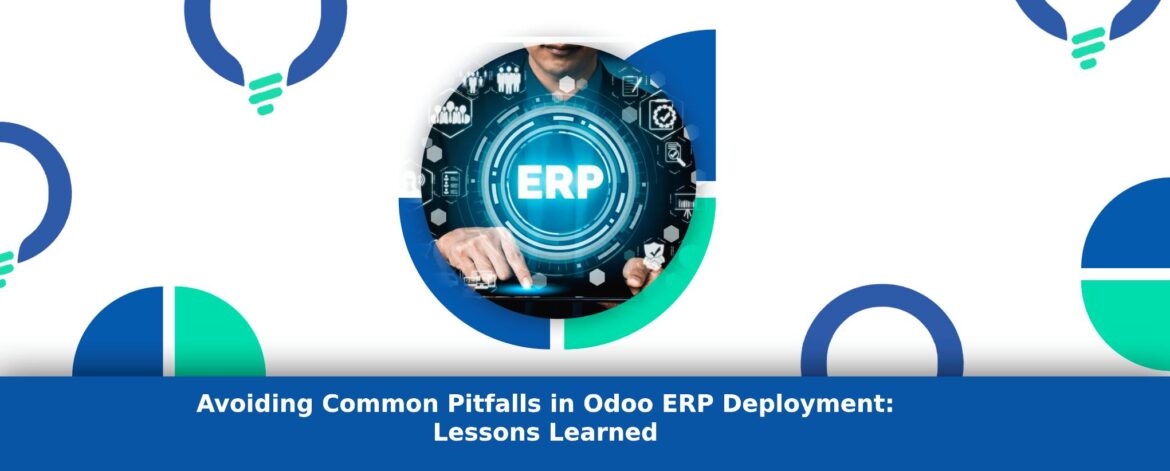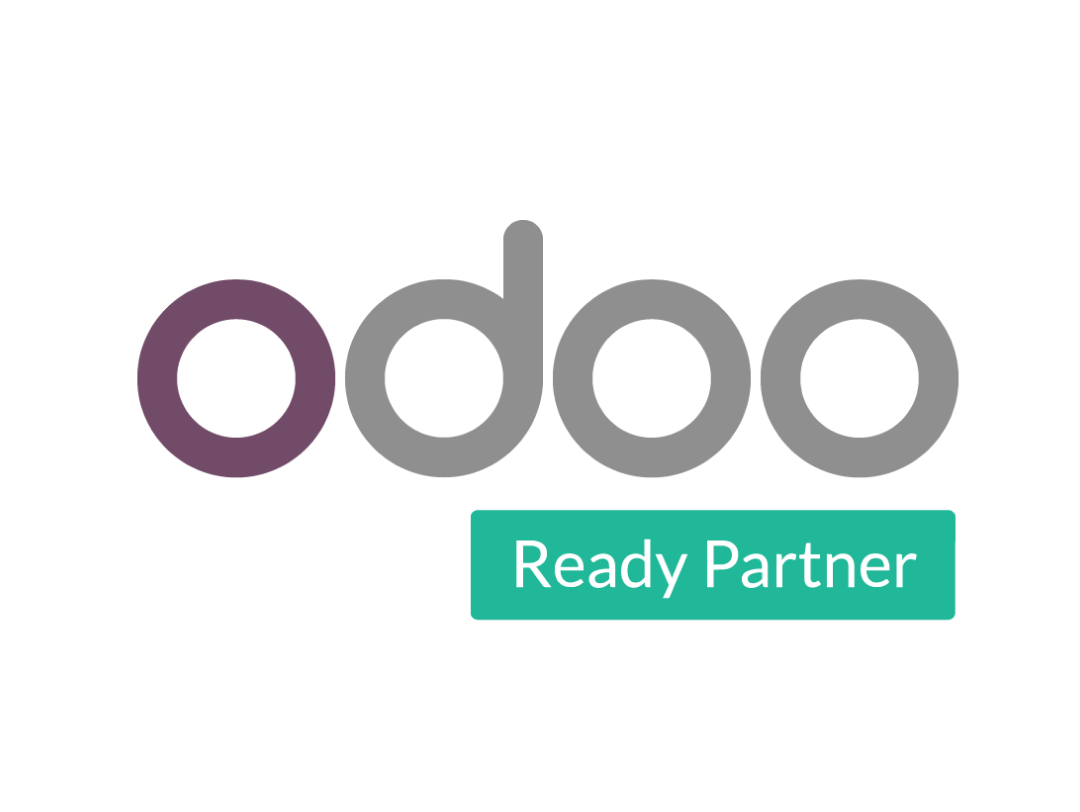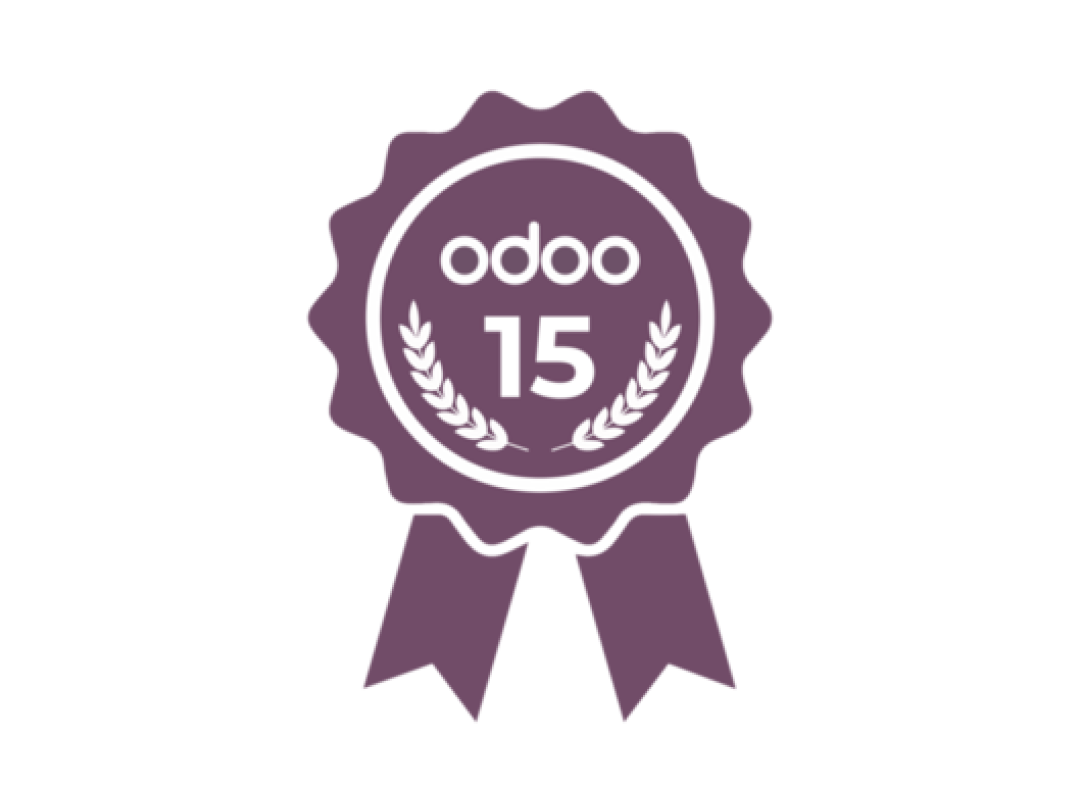Implementing an Enterprise Resource Planning (ERP) system like Odoo can be a transformative endeavor for businesses, streamlining operations and boosting efficiency. However, the journey of deploying Odoo ERP isn’t without its challenges. Let’s delve into some valuable lessons learned to avoid common pitfalls in Odoo ERP deployment, ensuring a smoother transition and successful implementation.
Understanding the Landscape
Clear Business Objectives
Before diving into Odoo ERP deployment, it’s crucial to align the project with clear and well-defined business objectives. Identifying specific pain points, operational inefficiencies, and desired outcomes helps set realistic expectations and goals.
Comprehensive Planning
Thorough planning is the core of a successful ERP deployment. Assessing existing workflows, data structures, and user needs lays the foundation for a tailored Odoo implementation strategy.
Stakeholder Engagement and Communication
Engaging Stakeholders
Involving stakeholders from various departments right from the outset fosters ownership and ensures that the ERP solution meets diverse operational requirements. Their insights and feedback contribute significantly to the customization and adoption process.
Effective Communication
Transparent and continuous communication is key. Keeping all stakeholders informed about project milestones, timelines, and potential challenges builds trust and facilitates smoother collaboration.
Customization vs. Standardization
Balance Customization
While Odoo offers extensive customization options, striking a balance between customization and leveraging standard features is crucial. Over-customization might lead to complexities, impacting system performance and scalability.
Embrace Best Practices
Leverage Odoo’s best practices and modules that align with industry standards. Resisting the temptation to deviate from these proven methodologies often leads to a more seamless implementation.
Data Migration and Training
Data Cleanliness
Prior to deployment, investing time in data cleansing and ensuring data integrity is paramount. Inaccurate or incomplete data can hinder the ERP’s effectiveness and compromise decision-making.
Robust Training Programs
Adequate training for end-users is essential. Investing in comprehensive training programs ensures that teams are proficient in utilizing Odoo’s functionalities, reducing resistance to change and boosting adoption rates.
Iterative Approach and Continuous Improvement
Phased Deployment
Adopting an iterative approach by deploying Odoo in phases mitigates risks and allows for gradual adjustment. Starting with smaller modules or departments can help fine-tune the system before a full-scale rollout.
Continuous Evaluation
Post-deployment, continuous evaluation, and feedback mechanisms are critical. Regular assessments and feedback loops enable identifying areas for improvement and fine-tuning of Odoo to meet evolving business needs.
Conclusion
Odoo ERP deployment, while promising immense benefits, demands meticulous planning, stakeholder engagement, and strategic execution. By learning from common pitfalls and embracing a proactive approach, businesses can navigate the deployment process with confidence, driving operational excellence and reaping the full benefits of Odoo ERP.
Learning from experiences and incorporating these insights into the deployment strategy minimizes risks, maximizes ROI, and paves the way for a successful Odoo ERP implementation journey.
Why choose Reliution





